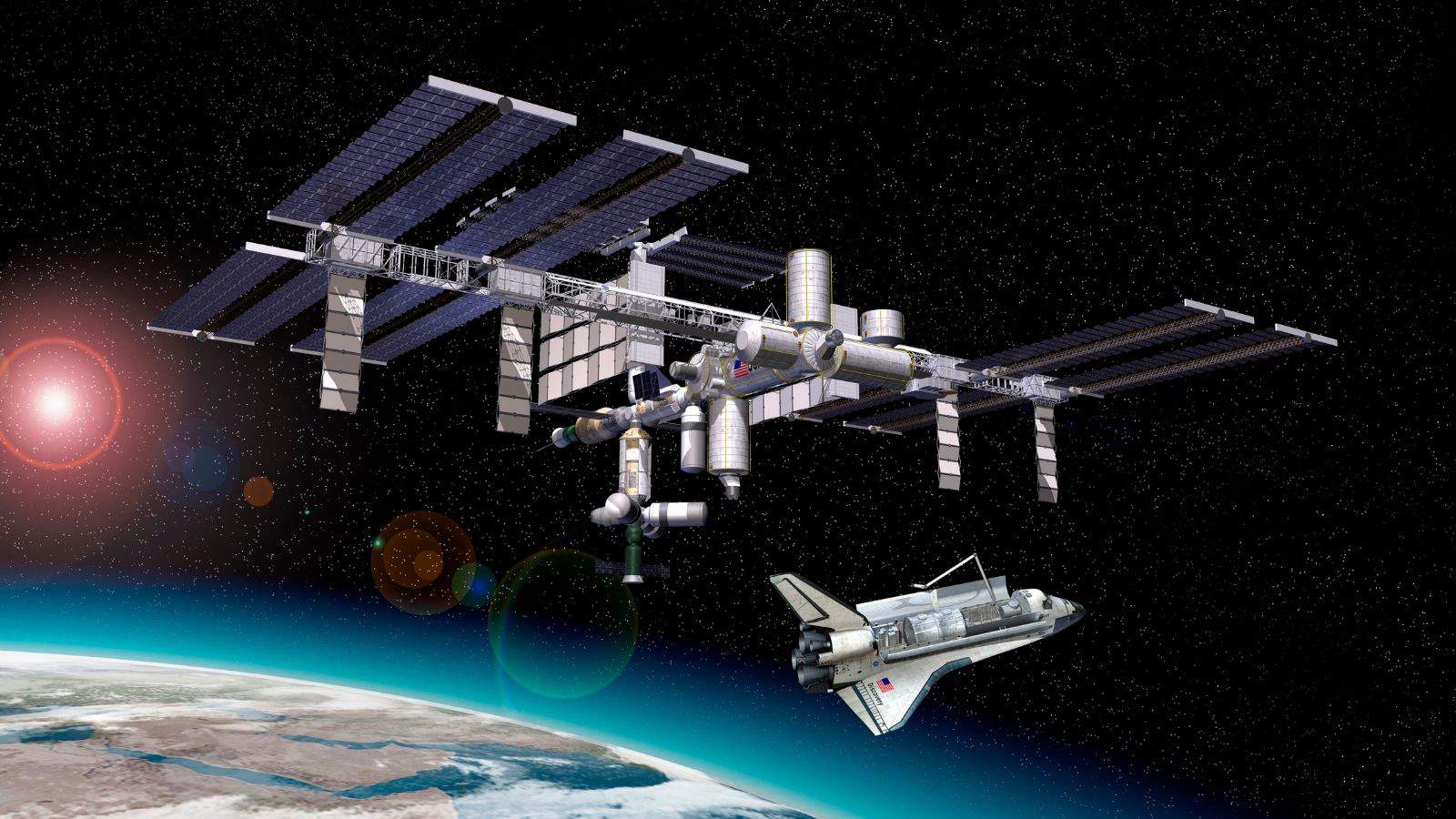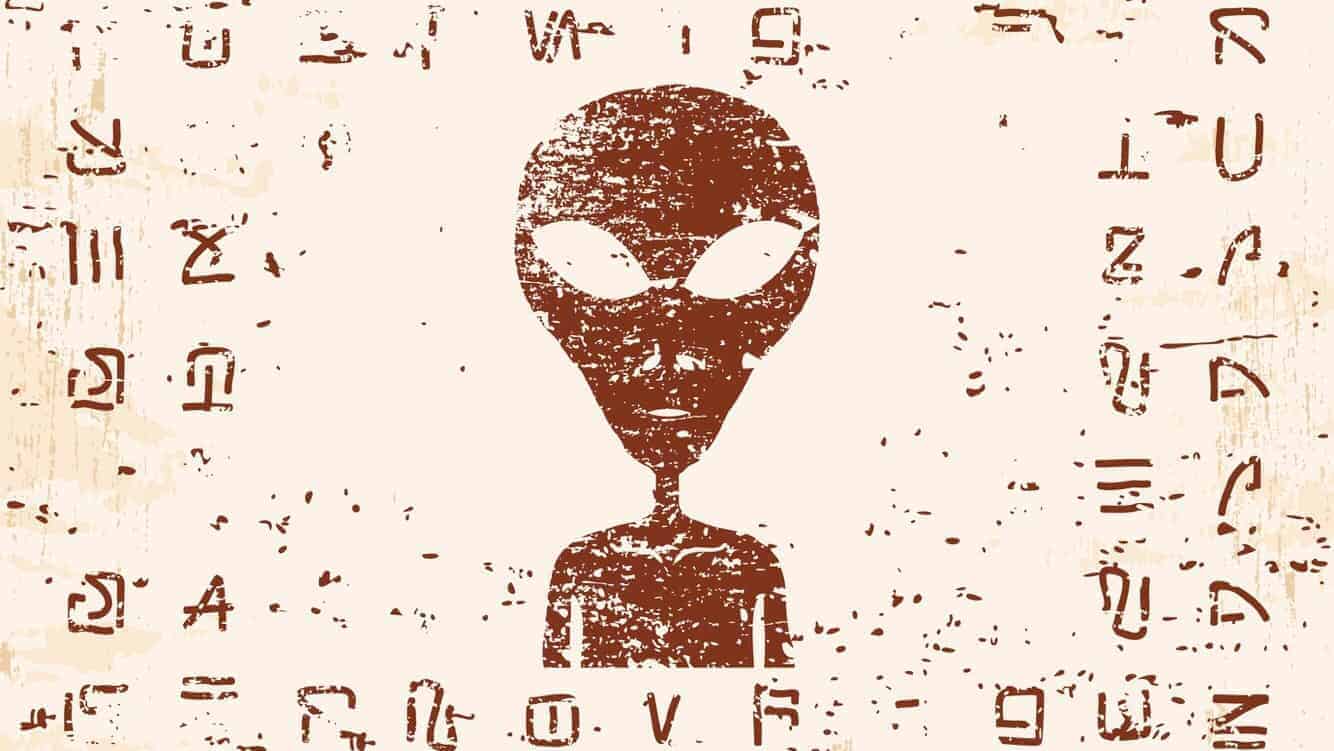The SpaceX mission launched on May 30, 2020, and sent Americans back into the stars independent of other nations for the first time in decades. We watched with bated breath during takeoff. Then we cheered as the two-person crew, astronauts Bob Behnken and Doug Hurley, made it to the International Space Station safely. And we gathered around to witness a perfect splashdown when they came back to Earth on August 3, 2020.
The mission intrigued many as we watched the launch on Perhaps your boundless curiosity piques while you peer into the clear night skies, looking for shooting stars. Of course, you know that they are meteorites burning to bits as they enter the earth’s atmosphere, but you wish anyway.
From the first explorations in the 20th century to the current SpaceX project, the human quest for space discoveries continue. It’s a complex combination of science, technology, human preservation, and international rivalry. The SpaceX project may provide further glimpses into what’s out there, where you came from, and where you’re going.
Space: The habitation of the Gods
Humanity’s love relationship with the heavens goes back to the beginning. To early humans, the skies and celestial bodies were just as much of their existence as the earth was. Creation mythology from most cultures and civilizations included the unknown heavens and cosmos in a star-studded role.
As these prehistoric humans developed their interpretation of the sacred and divine, they often looked to the stars and planets. Their initial glimpse into the supernatural often came from the skies, such as precipitation and storms. Many historians believe that humans discovered fire by observing the flames from lightning striking trees.
It’s little wonder that the ancient collection of gods, goddesses, and supernatural beings gazed towards the heavenly realms. In the evolving collective conscience, the skies represented the connection between humanity and the divine. As they observed things dying and decaying back into the earth, associating lower regions with death and evil was logical.
A Map of The Stars
While the Ancient Greeks weren’t the first to diagram the movement of celestial bodies and stars, they do receive credit for creating the science called astronomy. Even today, you may pick out your favorite constellations in the night skies that the Greeks named centuries ago.
When you gaze into the vastness of the night skies, it’s easy to imagine why humans have always dreamed of space travel. It’s overwhelming to consider how many lightyears it took for the twinkle of the stars to reach your eyes. Some of these pinpoints of light may have come from stars that burned out eons ago.
The Birth of Modern Astronomy
Have you ever wondered if there was life on other planets? Who knows how many people have pondered the same question since the beginning? Since primitive cultures viewed the heavens as the realm of their deities, the idea of extraterrestrial life would have been plausible.
In the Enlightenment, students of the stars shifted from a spiritual view to a rational, scientific approach. As human discoveries led to a better understanding of weather and other natural phenomena in the atmosphere, the skies became less a habitat of supernatural beings.
• Invention of the Telescope
In the early 17th century, experimentation with glass lenses and magnification led to the invention of the telescope. Although historians usually credit a Dutch eyeglass maker, Hans Lippershey, as the inventor, Galileo perfected Lippershey’s idea. As the pioneer of modern astronomy, Galileo built the first telescope that could be used to study outer space.
Since the beginning, ancient stargazers could only use their naked eyes to view stars and a few planets. They mapped the paths of the sun, moon, planets, and stars, and were valued members of the royal courts in most early cultures. Although these stargazers’ studies were usually steeped in mysticism, occultism, and superstitions, modern science has proven that many of their star charts had remarkable accuracy.
With the advent of the telescope and later developments, humans got a closer glimpse of the swirling galaxy around us. It opened a new dimension of opportunities to study and explore outer space. What was once an esoteric study of astrology became the scientific research of astronomy.
Although it answered a few ancient questions about our universe, this novel approach created countless questions that needed to be answered. Modern astronomy helped break the chains of religious dogmas concerning our galaxy, universe, and origins. The first links began to crack when Copernicus challenged the religious views of the day and proposed a heliocentric solar system. Nearly two centuries later, Galileo’s telescope would prove Copernicus’s hypotheses.
• Humans Take Flight
As subsequent studies built on the foundation of modern astronomers, some experts pondered space travel possibilities. The dream of humans soaring through the skies is not a recent concept. Archeological studies have demonstrated early humans’ fascination with flying and space exploration.
Great minds like Leonardo Da Vinci envisioned human-made flying machines that could transport people through the sky to visit other places. Leonardo’s flying machine sketches may be the most famous, but similar ideas were recorded by earlier and contemporary inventors across the globe. Throughout the years, aspiring inventors built flying contraptions that utterly failed.
While they can’t be considered the first inventors of airplanes, the Wright brothers are credited with being the first to build one that they could fly. Their iconic flight in 1902 forever changed the human potential for traveling in the skies. As air travel evolved from a novelty to a fantastic tool of war and later a model for public transportation, scientists again sought to travel to the stars.
• The Original Rocket Man
Like Dr. Robert Goddard, these aspirations may have led scientists to produce the world’s first successful space rocket. He developed the first liquid fuel that had the power to propel small rockets into altitudes that had never been reached. His landmark research and inventions formed a solid foundation for space exploration.
• The Final Frontier
Goddard’s revolutionary invention brought the world into a new era of exploration and possibilities. Other scientists and inventors studied and built upon his ideas until Germany launched the first rocket to reach outer space in 1942. Since this technology meant power, the global challenge was to see what country could send human explorers to space first.
• A Giant Leap
Nearly twenty years after Germany’s record feat, the former Soviet Union earmarked history by sending the first human-occupied rocket to travel to outer space. During the same flight, Yuri Gagarin set a record for being the first person to orbit the earth. These iconic space travels came during the height of the Cold War, so the United States formed NASA to compete with rival countries.
After a few test runs, the American space rocket Apollo II made its historic landing on the moon. As millions of Americans watched on their primitive television sets on July 20, 1969, astronauts Neil Armstrong and Buzz Aldrin became the first humans to set foot on lunar soil. From 1969-1972, the Apollo mission made four more lunar landings and brought back soil and rock samples.
Since the last Apollo landing in December of 1972, no humans have visited the moon, which will make 48 years in December of 2020. NASA has discussed moon landings back and forth over the decades, but nothing came of it. In the 80s, renewed interest in space travel resulted in the space shuttle missions.
Book Your Next Vacation to Mars
For centuries, astronomers and occultists have maintained a fascination with Mars, our closest planetary neighbor. The legendary red planet gets its color from oxidized iron, which is rust. The end of World War II ushered in the Space Age, and science-fiction books and movies were fixated on little green visitors from Mars.
Since the 1980s, attempts by Russians and Americans to land on Mars weren’t successful. In the 90s and early 21st century, new technology allowed scientists to land a successful space probe on the red planet. Scientists from over the world pore over the data that they collect from Mars each year.
Today, world leaders are optimistic about Martian exploration and even colonization shortly. Leading the race for America is the SpaceX mission and how it can help with these goals. With better technology each year, the possibilities could be endless.
 Final Thoughts: Look Toward the Skies to See What’s Next for SpaceX
Final Thoughts: Look Toward the Skies to See What’s Next for SpaceX
Like many other astronomy and space travel enthusiasts, your interest may be reinvigorated with the upcoming SpaceX mission. Until now, the task of these flights has been to transport satellites for a global connectivity network called Starlink. After mid-August’s journey, the spaceship will have set up at least 650 satellites to orbit the earth.
SpaceX’s CEO, Elon Musk, has announced that NASA and SpaceX will be launching their Dragon 2 capsule with four astronauts, three Americans, and one Japanese. Their mission, called Crew-1, is to land the crew on the International Space Station for at least six months to collect data and do more research.
Musk has partnered with NASA and some of America’s largest corporations to eventually land humans on Martian soil. Although SpaceX admits that it will take time, money, and ingenuity, they haven’t lost sight of their goal to colonize the red planet. When Starlink and Crew-1 prove a success, then SpaceX can go forward with their Mars plans with confidence.
Do the topics of astronomy, space travel, or eventually seeing humans walking on Mars interest you? Then watch for SpaceX’s launches in August and October. Maybe these missions will provide the answers that scientists and world leaders have wanted. Perhaps your close descendants will be using SpaceX technology to travel to Mars for a vacation in the future.


















